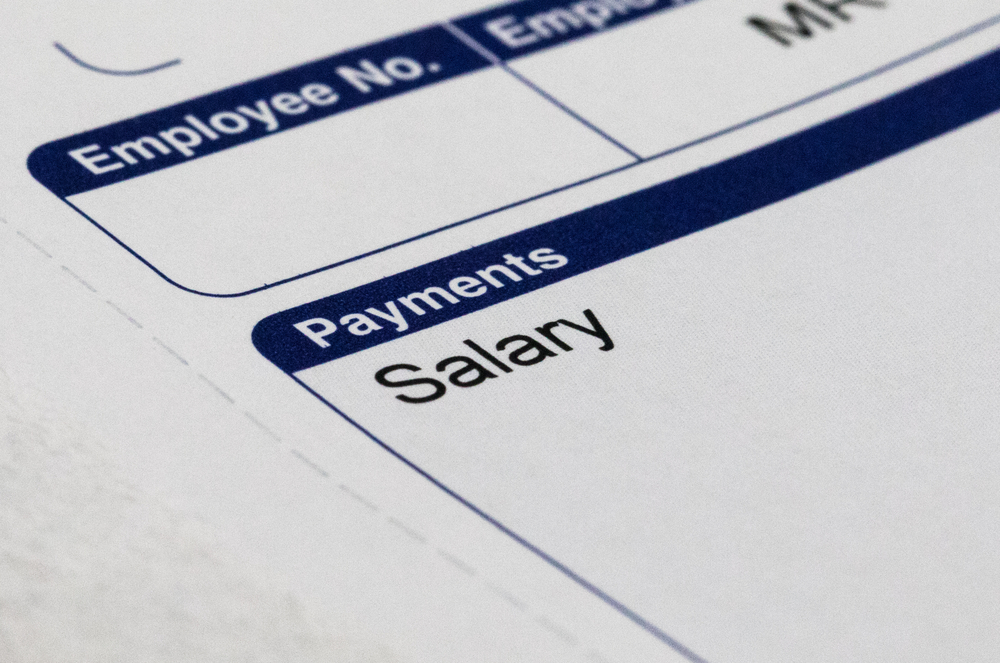Household Bills
Pandemic increasing risk of minimum wage underpayment

Low paid workers are more vulnerable to unscrupulous bosses attempting to pay them less than the minimum wage.
That’s the conclusion of a new report from the Low Pay Commission, which warned that the higher levels of unemployment and a “slack” labour market means that employees in low-paid jobs are at risk of exploitation, including being underpaid.
The report highlighted that in a weak labour market, where people are concerned about their jobs, it can be more difficult for employees to challenge underpaying bosses or to report abuses.
It added: “As ever, national minimum wage underpayment is likely to be associated with other forms of abuse, from non-payment of holiday or sick pay to failure to observe health and safety rules. There is a need for effective and comprehensive enforcement across all these areas.”
This is the fourth report produced by the commission ‒ which is made up of employers, trade unions and employment experts ‒ with more than 20 previous recommendations from the commission being adopted by the government since 2017.
Bryan Sanderson, chair of the LPC, said there was little doubt of the strains the pandemic has placed on the low-paying sectors, and the increasing risk of non-compliance with the rules.
He added that it was clear that the effects of the pandemic would outlast lockdown, and called for a “disciplined but innovative” response from the enforcement bodies.
Getting the minimum wage
Both the minimum wage and the national living wage ‒ which is paid to those over the age of 23 ‒ increased in April. As a result, those over the age of 23 must be paid a minimum of £8.91 an hour, while the national minimum wage for those aged 21 and 22 stands at £8.36.
The previous study from the Low Pay Commission suggested that in April 2019 around 440,000 workers across the country were paid less than the national minimum wage. This represented a little more than one in five workers who were covered by the rates.
Certain groups are more likely to be underpaid, too. In every year to date, the commission has found women were more likely to be underpaid than men, while those employed by small businesses were also more commonly underpaid. Similarly those in part-time or temporary employment are particularly at risk of underpayment.
Particular jobs also come with a higher frequency of underpayment issues. As the report states: “We have consistently observed high rates of recorded underpayment for childcare workers, as well as office workers and those in transport. The largest absolute numbers of underpaid workers are in the largest low-paying occupations: hospitality, retail and cleaning.”